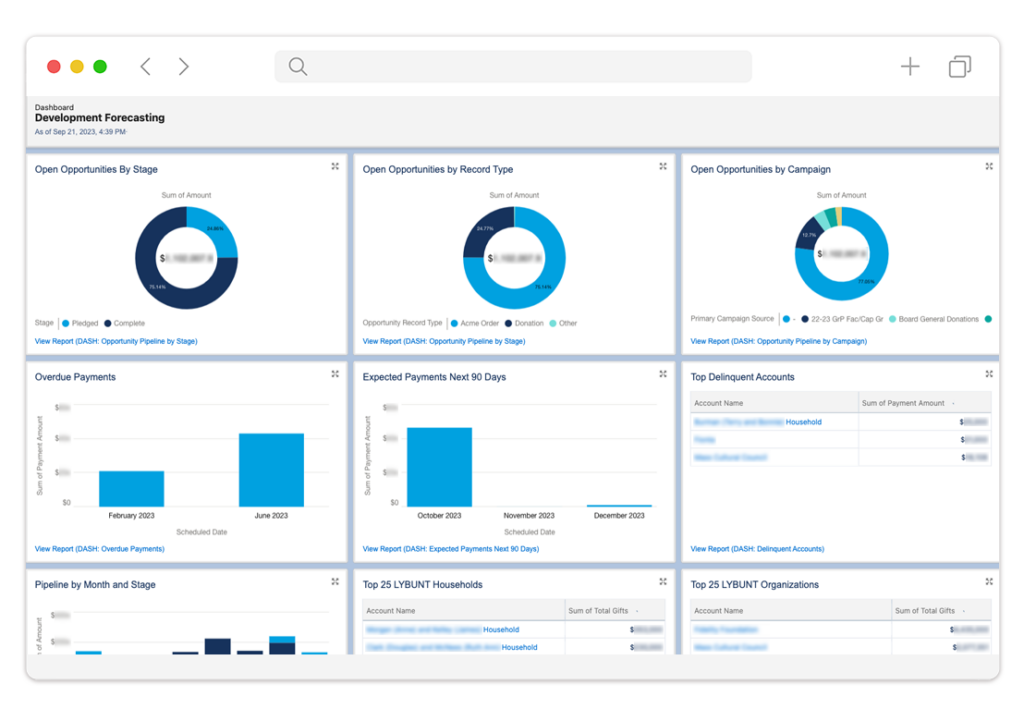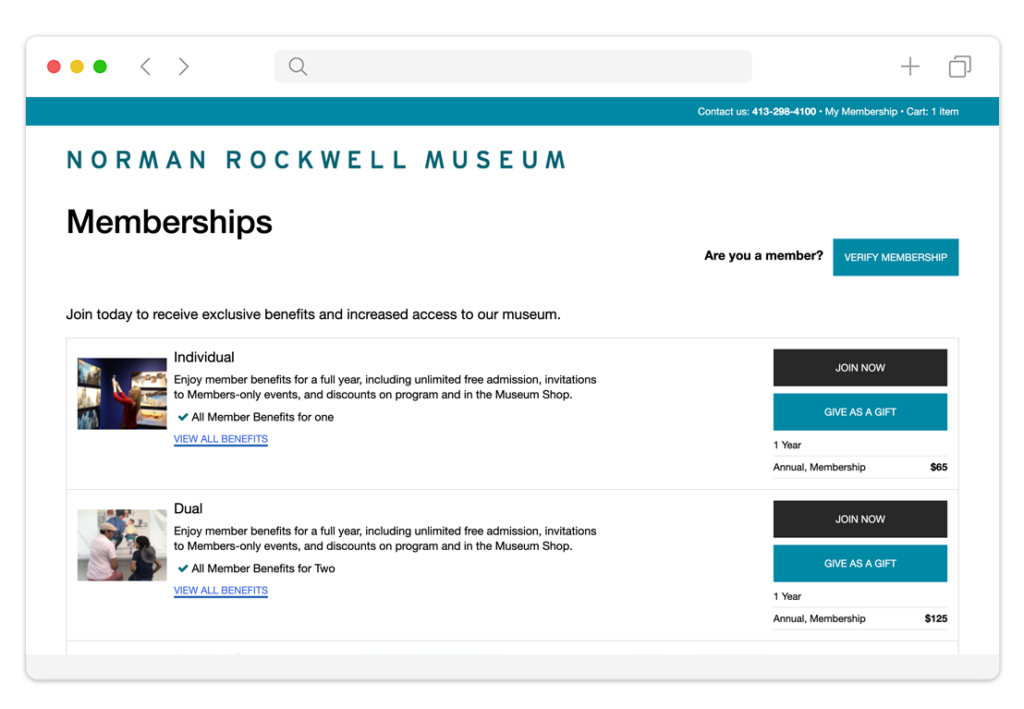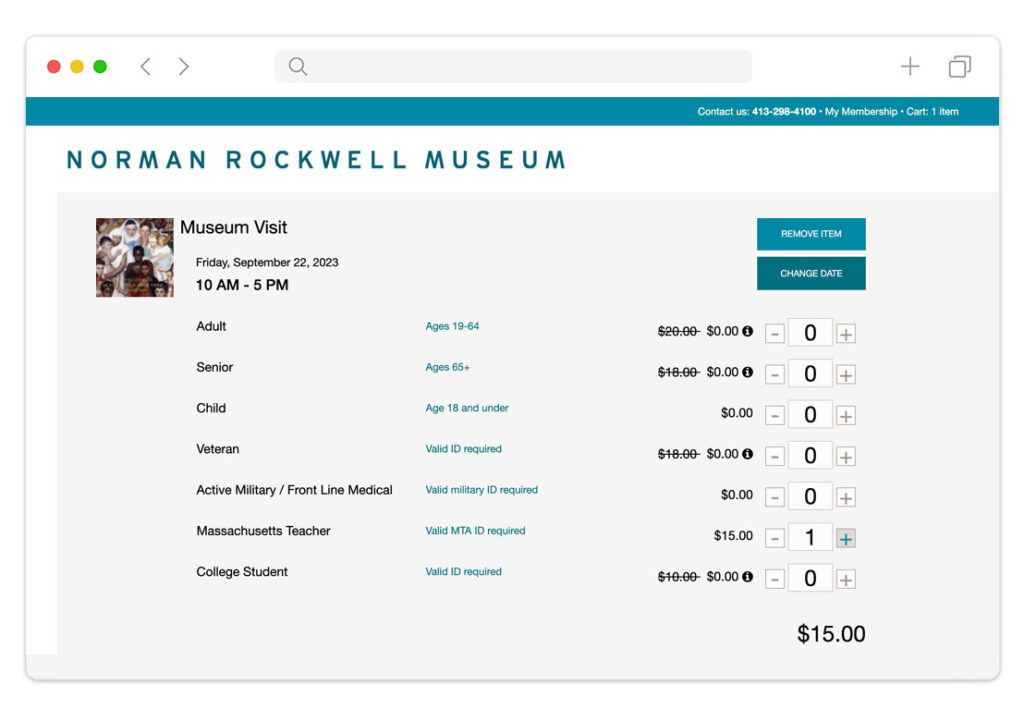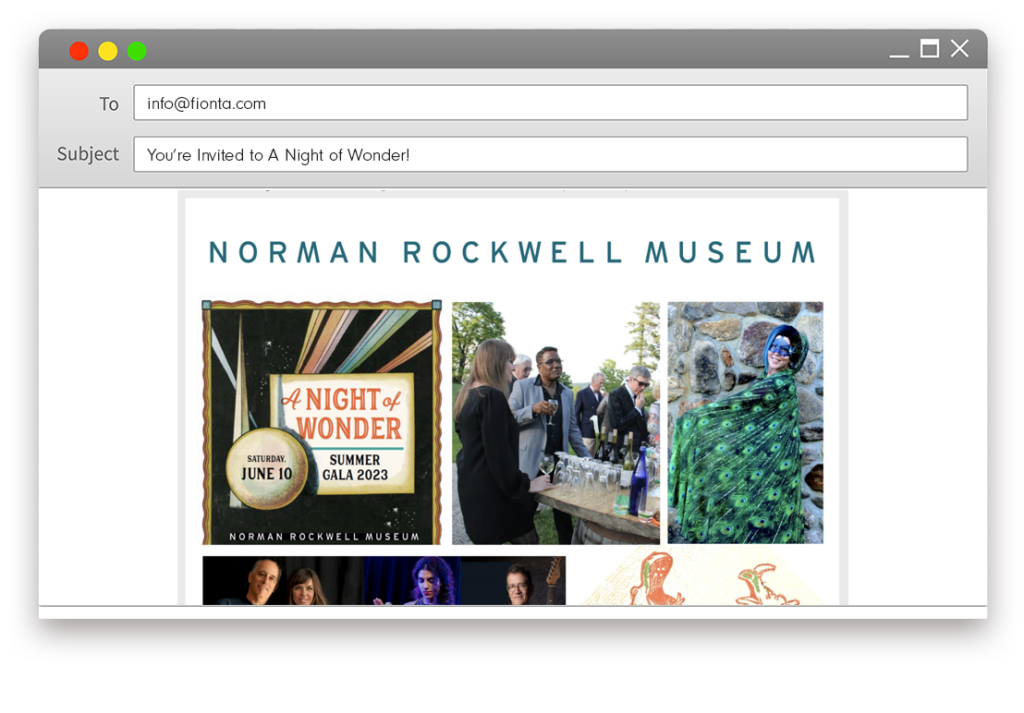NRM faced operational inefficiencies and data inaccuracies due to manual processes and disconnected systems, necessitating the integration of Salesforce NPSP, third-party tools, and standardized practices to streamline operations and improve data accuracy.
NRM’s existing processes were inefficient and often required significant manual intervention, leading to delays, errors, and a drain on staff resources. Too many manual touchpoints in various operations resulted in bottlenecks and increased the likelihood of data inaccuracies.
NRM operated with multiple systems and tools that were insufficient in communication and interoperability. This lack of integration resulted in missing or inaccurate data, hampering decision-making. The management of donors and memberships lacked standardized practices, leading to inconsistent engagement with supporters.
Integrating Salesforce NPSP with existing systems and implementing third-party tools required a thoughtful approach to ensure smooth data flow and user adoption. Shifting to new systems and processes needed staff and stakeholder buy-in, training, and a seamless transition to ensure successful adoption.
Fíonta has crafted a comprehensive plan aimed at propelling the museum toward enhanced donor engagement and operational efficiency. The plan focused on streamlining NRM’s processes to eliminate inefficiencies, reducing manual data entry, and implementing automated workflows.
Seamless integration of Salesforce NPSP with existing systems ensured real-time data synchronization, addressing issues caused by manual data transfer. Standardized engagement practices were introduced to establish consistent communication with donors and members.
To facilitate user adoption, Fíonta incorporated comprehensive training and user support. The strategic integration of third-party tools such as iWave, Elevate, and ACME enhanced donor interactions, membership management, and ticketing, while the Patron Portal empowered patrons to manage their engagements effortlessly, fostering stronger connections.
Furthermore, implementing Marketing Cloud Account Engagement (MCAE) enabled audience segmentation and personalized communications, significantly improving NRM’s outreach effectiveness.

Out-of-the-box Salesforce dashboards allow NRM to analyze their opportunities and accurately forecast revenue.

Membership management with ACME
Streamlining processes to reduce manual tasks, eliminate inefficiencies, and introduce automated workflows, improving operational efficiency.
Ensuring a smooth integration of Salesforce NPSP with existing systems to enable real-time data synchronization and eliminate errors from manual data transfer.
Prioritizing user adoption by providing comprehensive training and user support to staff, ensuring a seamless transition to new systems and processes.
NPSP empowers staff to manage donor gifts and museum memberships better. Additionally, the new Patron Portal allows patrons to see and update their engagement with NRM all in one place. These improved modernization allow staff to utilize features of MCAE for audience segmentation and personalized communications.

Online ticketing with varying costs per member level

Steering all project facets like budget, schedule, scope, and risk management while collaborating with technical leads on risk handling, our project managers serve as the primary liaison with clients, offering frequent updates on project progress.
Salesforce developers specialize in crafting and tailoring applications beyond what is available out-of-the-box using Salesforce-specific tools like Apex, Visualforce, and the Lightning Component Framework, and integrating with various systems through Salesforce APIs.
Dedicated to comprehending and documenting client business processes, identifying needs, and converting requirements into user stories. The business analyst works with technical leaders on the project to validate that the proposed solutions meet documented acceptance criteria and will satisfy project success metrics. Business analysts play a key role in planning for and executing user acceptance testing and training and change management when applicable.
Leading project solution implementation and coordinating technical processes, our technical leads manage the design, build, internal QA, user acceptance testing, and deployment activities, thus ensuring timely, quality deliverables. Sometimes doubling as solution architects, they work closely with project managers to manage risks and serve as primary client contacts.
Specializing in Salesforce and associated systems, our experts configure client instances following technical leads’ solutions, focusing on building functionality.
Focused on data analysis, schema design, data migration management, and complex data integration. They collaborate with clients and internal teams, handle data mappings, configure data sources, create scripts or apply tools to execute data migration and/or integrations, write test scripts, and document any deviations from original migration plans.


